My thanks to friends who contributed photos – I have acknowledged where I knew the source. Click on any image to start the slideshow, or scroll down to read the narrative.
Here are some of the members of COA Cauquén Real, on a recent visit to Villa La Angostura. I’m the one with the hat.
The letters COA stand for Club de Observadores de Aves; in English these would be local Birdwatchers’ Clubs. All these clubs are brought together under the umbrella of Aves Argentinas, the national birding authority which since 1916 has existed for the conservation of wild birds and their habitat.
Our branch in San Martín is called COA Cauquen Real, named for the Ashy-headed Goose (Chloephaga poliocephala), and last weekend some of our members travelled to the COA Tintica in neighbouring Villa La Angostura, who had organised a weekend event to celebrate the opening of their new birding season. ‘Tintica’ is another name for the Rayadito (Aphrastura spinicauda), known in English as the Thorn-tailed Rayadito. We saw both of these species in our recent birding outing, a week-end trip to the nearby town of Villa La Angostura.
It was good to meet our neighbours, and we heard some very interesting talks too, but we managed to get a bit of birding in too, on the way there and while we were in Angostura.
I travelled with friends Scarlett Eastman and Lisandro Gonzalez, with other members of our COA travelling under their own steam. The day was Saturday 4th October and we left San Martín at 08:30 am. The sun had been up for a couple of hours and the sky was clear, although as we took the Seven Lakes Road towards Villa La Angostura the mountain-tops were covered with clouds. Nevertheless, by the time we got to our first stop it had cleared up and we had sunny weather for the rest of the day.
On our first stop we saw a fair selection of birds:
1. Tero (Vanellus chilensis), Eng. Southern Lapwing
2. Chimango (Milvago chimango), Eng. Southern caracara
3. Carancho (Caracara plancus), Eng. Chimango caracara
4. Tordo Patagónico 2 (Curaeus curaeus), Eng. Austral Blackbird
5. Rayadito (Aphrastura spinicauda), Eng. Thorn-tailed rayadito
6. Pico de Plata (Himenops perspicillata) , Eng. Spectacled tyrant (male and female)
7. Ratona (Troglodytes aedon), Eng. Grass wren
8. Golondrina Patagónica (Tachycineta leucopyga), Eng. Chilean swallow
9. Zorzal Patagónico (Turdus falklandicus), Eng. Austral thrush
10. Bigua (Phalacrocorax brasilianus), Eng. Neotropic aka Olivaceous Cormorant
I’m not going to clarify exactly where we stopped next, but it was a fairly wild area between the turning for Meliquina and the road to Pueyehue, Chile. Here we set off on a bit of a trek, having to wade over streams and negotiate some seriously dangerous cliffs. We were in search of the Torrent Duck, a declining species in Argentina threatened by (amongst other things) the American Mink (Sp. vizón) which eats its eggs and young.
The torrent duck was our main aim, and we were lucky enough to see one bird, a male, perched up on a rock about half a mile away. With the poor light, spray of the rapids and the generally overexposed background the photos I took were something of a disaster, but will serve as a register. It was a pity that we saw only one of these ducks, but they are hard to find. The poster below gives a better idea of what this duck looks like.
We watched this bird for a good ninety minutes, during which time it showed no signs whatsoever of movement and could well have been sleeping. Scarlett cites biologist Gerardo Cerón as explaining that the female is likely brooding on a nearby nest and only comes out for an hour or so each day while the male keeps watch outside and sends her back to the nest when she emerges. If that is the case, maybe this example of the species was sleeping on duty.
In addition to repeat views of the above mentioned species on this white-water trek we also saw:
11. Picolezna (Pygarrhichas albogularis), Eng. White-throated tree-runner
12. Martin Pescador (Megaceryle torquata), Eng. Ringed kingfisher (heard not seen)
13. Diucón (Xolmis pyrope), Eng. Fire-eyed diucon
14. Remolinera común (Cinclodes fuscus), Eng. Bar-winged or Buff-winged Cinclodes
15. Águila Mora (Geranoetus melanoleucus), Eng. Black-chested buzzard-eagle, flying above the trail we were following, and of course …
16. Pato de Torrente (Merganetta armata), Eng. Torrent Duck (see above).
We reached Villa La Angostura in time to check in at the highly recommended Italian Hostel (budget, but very cosy).
After a quick wash and brush up we set off on food for the series of talks organised by the COA Tintica. It was a varied and interesting programme, and well worth the visit but I’ll not review it further here. It was good too to make contact with members of the neighbouring COA. We then pooled resources for an evening picnic in the hostel and settled down for a good night’s sleep.
The following morning we went out on Lake Nauhal Huapi on a launch in a search for Imperial Cormorants. Here are some of the members of the two COAs who went on this lake excursion.
Imperial Cormorants are usually found at the sea shore, but some have evolved to live on the islands and cliffs of this lake, although we were unlucky and didn’t actually see any on this occasion. We did however see the endemic flying steamer duck, the only steamer duck that can fly, and this was some compensation.
After the boat trip we walked around two local birding spots; both excellent. One was the Laguna Verde, close to the harbour where we had sailed from, and the other a private property, the Mallín Grande, which is preparing for development as a Birding Reserve. Both were excellent birding sites with ‘walk-around’ trails, and I will group them together below for simplicity. I have not repeated species seen earlier in the trip.
17. Remolinera Araucana (Cinclodes patagonicus), Eng. Dark-bellied cinclodes
18. Picaflor Rubí (Sephanoides sephaniodes), Eng. Green-backed Firecrown Hummingbird
19. Gorrión (Passer domesticus), Eng. House sparrow
20. Cabecita Negra Austral (Carduelis barbata), Eng. Black-chinned siskin
21. Carpintero Magallánico (Campephilus magallánico), Eng. Magellanic woodpecker.
Of particular interest to me were the last of these, the Magellanic Woodpeckers, which had eluded me for far too long. No more; we saw several, reasonably close up. These are big birds, allegedly taken as the model for Woody Woodpecker.
The pair seen here (above and below) were apparently looking for a nesting place, with the male drumming to get the female’s attention and then moving aside for her to investigate a wide hole in the trunk, which she did with great interest.
We also saw:
22. Carpintero Pitío (Colaptes pitius), Eng. Chilean Flicker (heard not seen)
23. Comesebo (Phrygilus patagonicus), Eng. Patagonian sierra finch
24. Pato Overo (Anas sibilatrix), Eng. Chiloe or Southern Wigeon
25, Pato Vapor Volador (Tachyeres patagonicus), Eng. Flying steamer duck (see above)
26. Gallareta Ligas Rojas (Fulica armillata), Eng, Red-gartered coot
27. Gaviota Cocinera (Larus dominicanus), Eng. Kelp gull
28. Churrín Andino (Scytalopus magellanicus), Eng. Magellanic or Andean Tapaculo (heard not seen).
29. Chucao (Sclerorchilus rubecula), Eng. Chucao Tapaculo
The chucao and the huet-huet both hide away and are hard to see. Congratulations are due to Lisandro, who invested time, energy and a cleaning bill to dive into a wettish thicket and stay there for long enough to catch this chucao.
30. Huet-Huet (Pterotochos tarnii), Eng. Black-throated Huet-huet (heard, not seen)
31. Macá Grande (Podiceps major), Eng. Great grebe
32. Macá Pico Grueso (Podilymbus podiceps), Eng. Pied-bill grebe
We saw two pairs of pied-bill grebes on Laguna Verde, communicating noisily with each other as they established their territories. Beautiful birds, and happy to pose for us.
We drove back home to San Martín on the Sunday evening, tired but happy with a weekend’s birding activity under our belts and the determination that before too long we would be returning to Angostura.
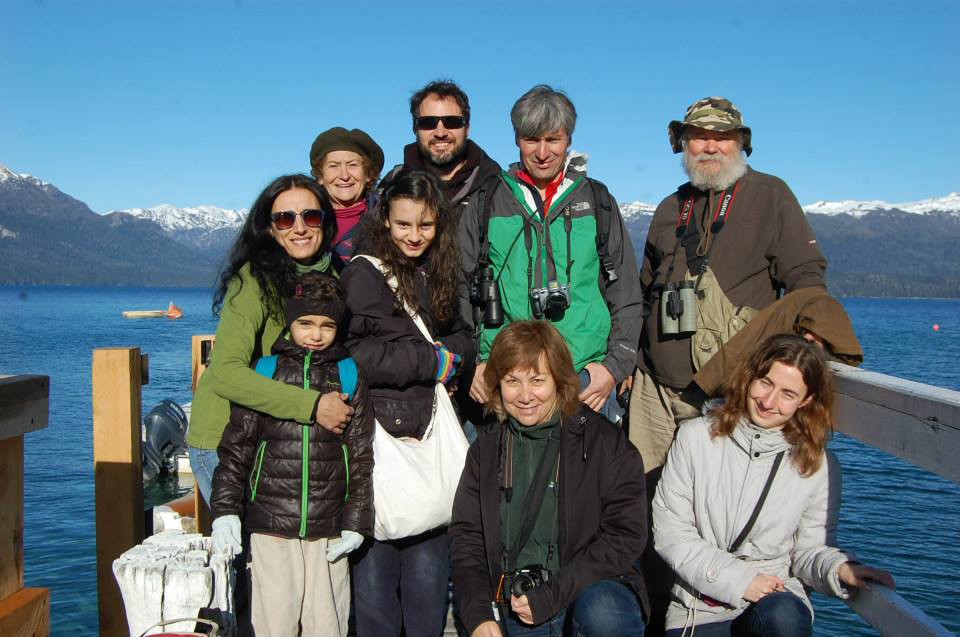
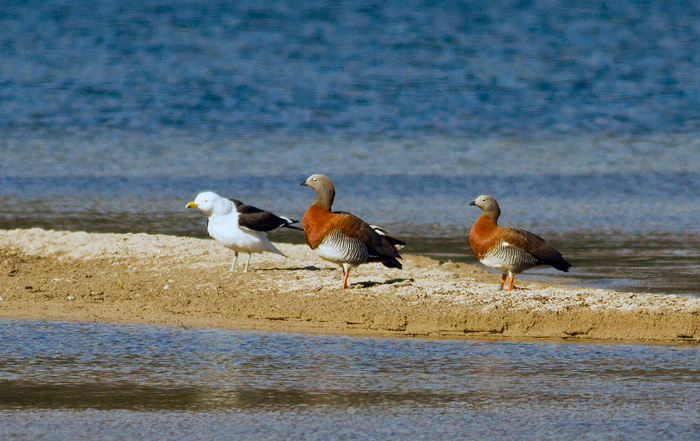
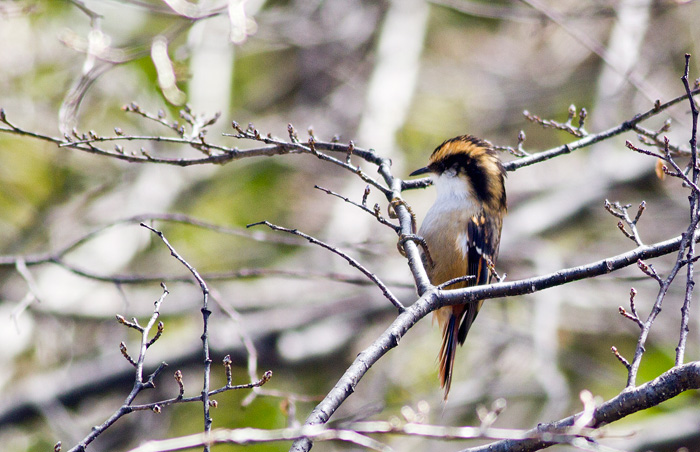
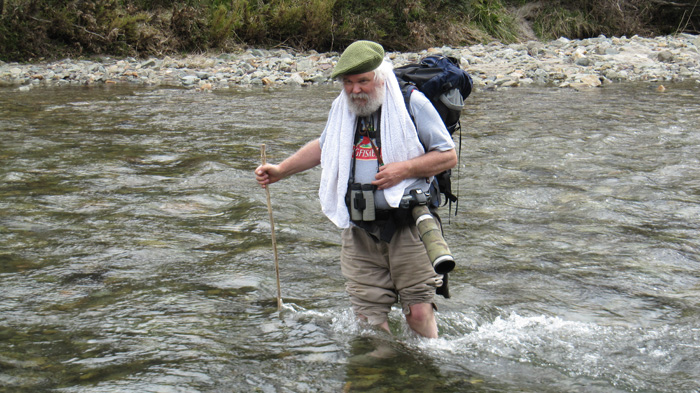
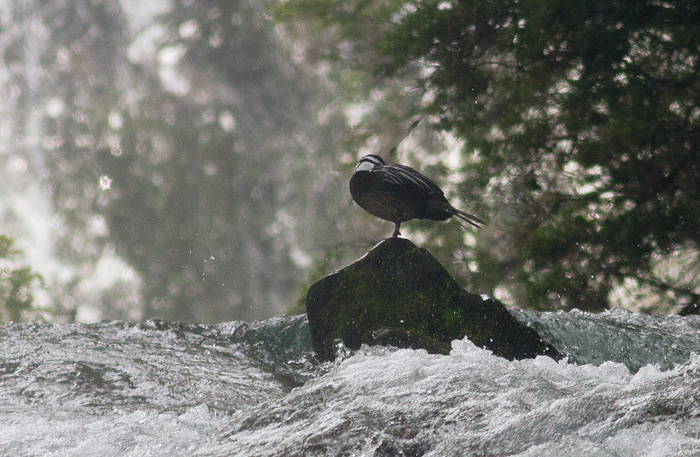
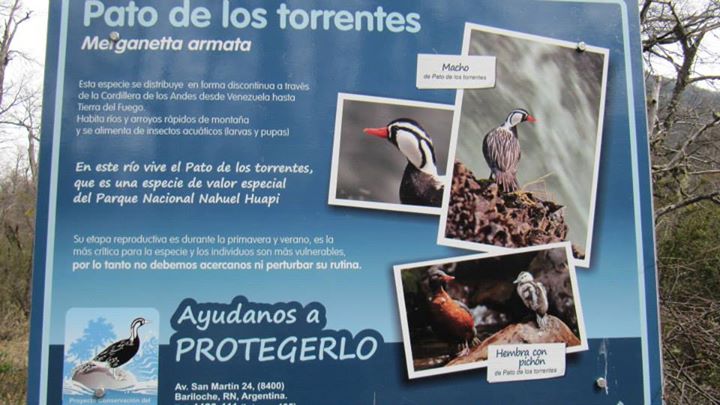
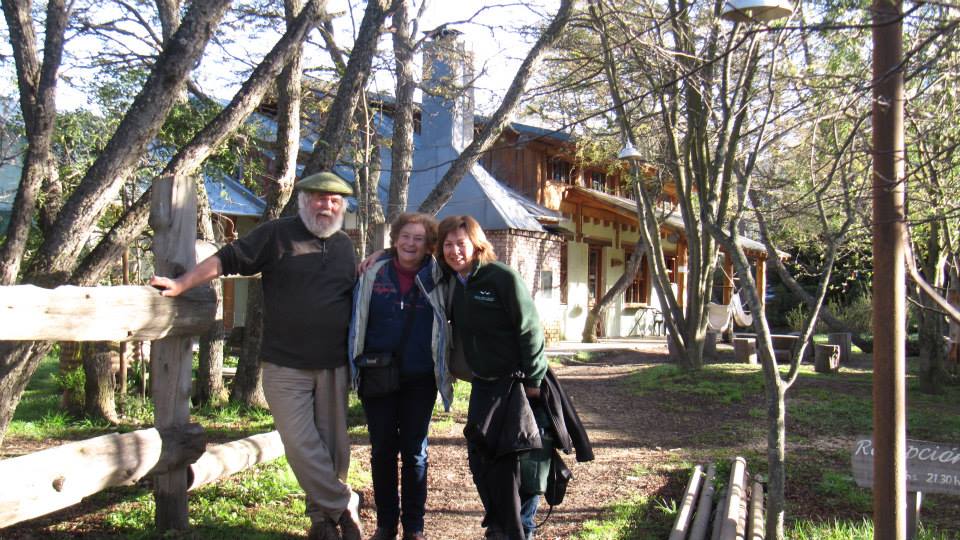
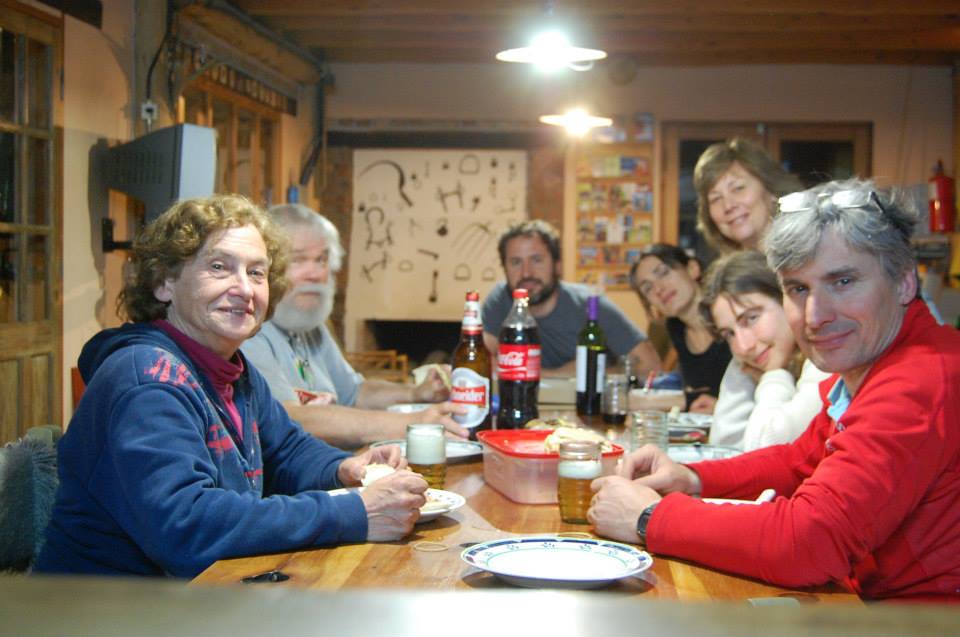
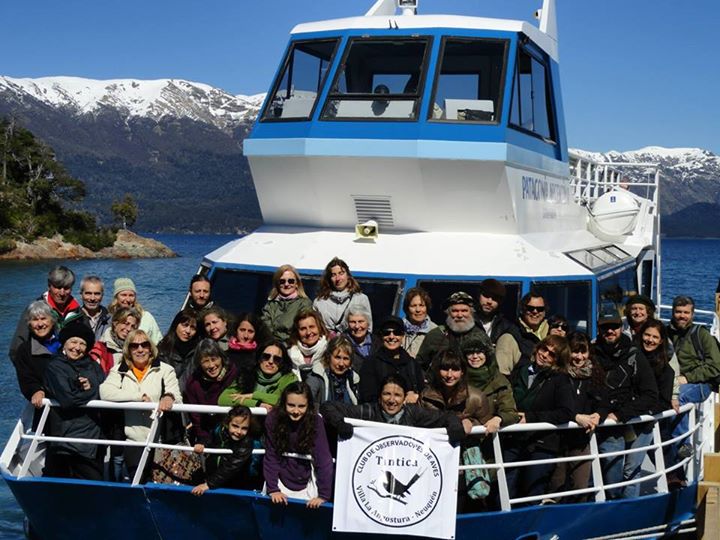
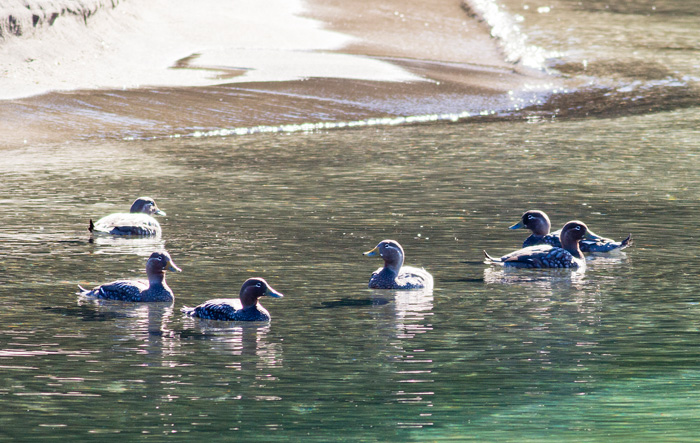
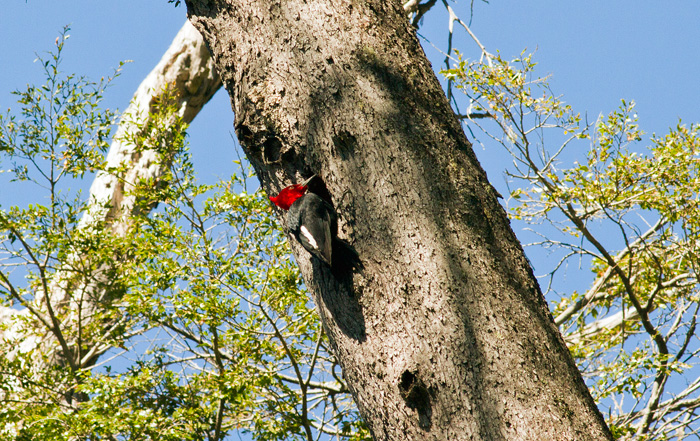
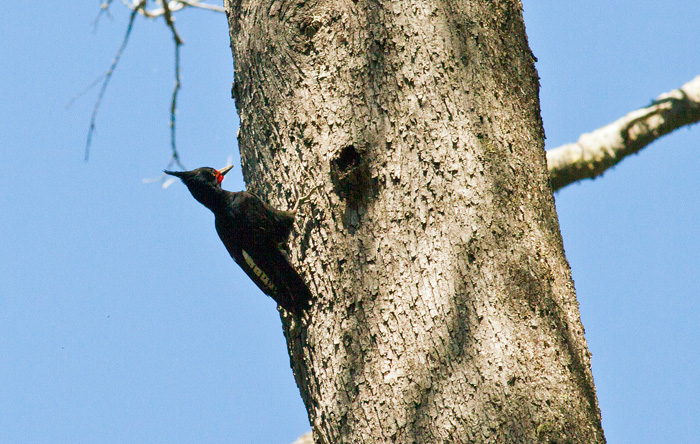
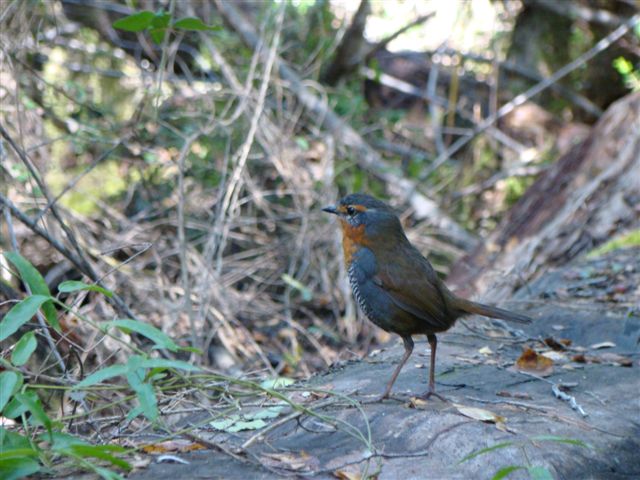
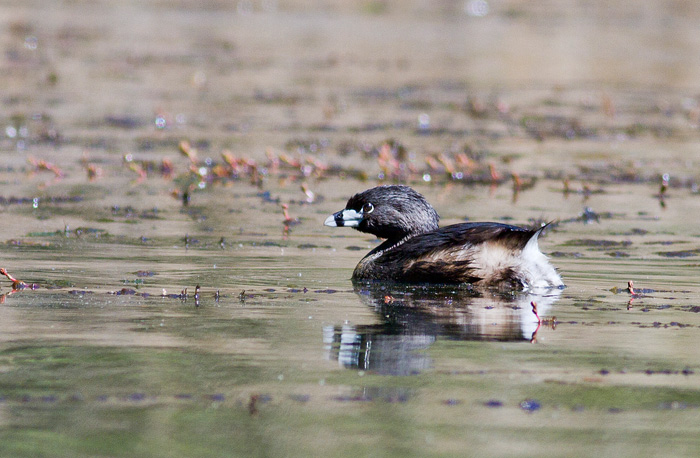
I love your explanations about what a COA is, Horacio will be thrilled as he’s working promoting formation of new Coas and widening their scope all over Argentina